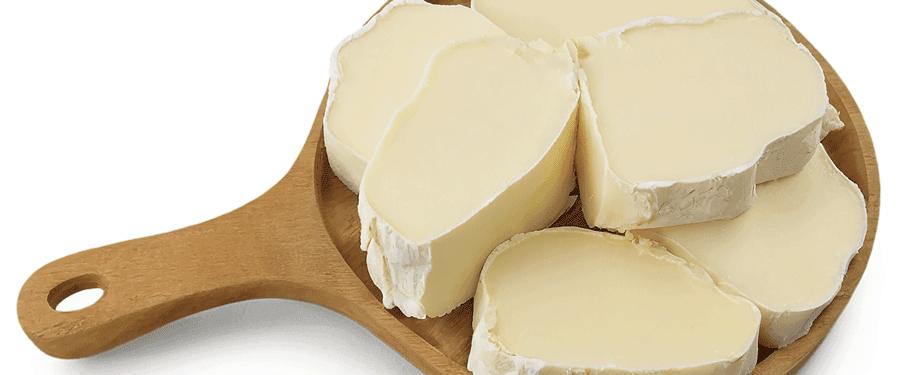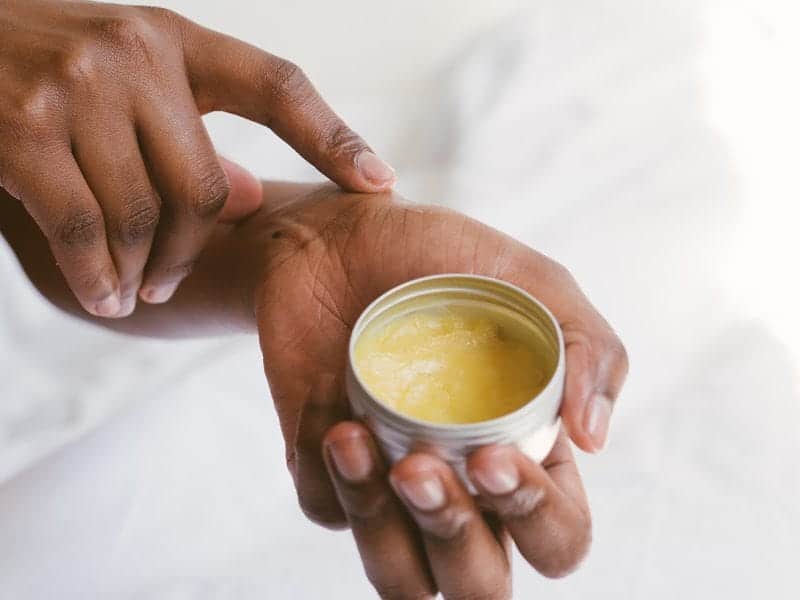he New York Times recently reported on a skincare trend that’s become all the rage on TikTok over the last year: beef tallow-based cosmetics.
“It may seem gross,” the article notes, “but beef tallow — rendered fat from around a cow’s organs — has become a popular ingredient in cosmetic products. Customers swear by its natural moisturizing properties while businesses have begun selling tallow-based creams to meet the demand.”
However, as multiple dermatologists interviewed for the article warn, “just because something’s natural doesn’t mean you should put it on your face.”
Still, influencers with thousands of followers and smaller creators swear by its benefits. One of them, Sascha Green, a 28-year-old, said she became interested in trying beef tallow after she started seeing TikToks from people promoting a “natural miracle ingredient” that’s much cheaper than what she was spending on a litany of skincare products.
Now she buys steak from Costco, strips the fat from it, then cooks it repeatedly with water and salt, removing brown-colored impurities until she’s left with a white, waxy disk. She then whips it up with essential oils.

Green said she applies her tallow-based ointments before bed, as well as to bug bites, rashes, and dry skin.
Rachel Ogden, 48, who was also interviewed for the Times article, said she has had bad reactions to commercial beauty products. But within a minute of applying tallow, her skin goes from “dry” to almost “greasy” to fully “nourished.”
Ogden and Green are not outliers. Mary Heffernen, the owner of Five Marys Ranch – a beef ranch – told the Times that she sold out of her first batch of tallow skincare products – a haul of $42,000 – within 24 hours of adding them to her website last year. Today, she said she sells 2,000 jars (at $16 a jar) in a slow month.
Five Marys Ranch is one of “dozens of businesses that sell tallow-based creams,” according to the Times.
Cooking tallow and skincare tallow are not the same thing, the article notes. “Cooking tallow can refer to a wide array of rendered fats while skincare tallow is usually rendered beef suet, or fat from around the cow’s kidney.”
For all this interest, there’s little data showing an upside to using tallow as a skincare salve or cream, as one of the dermatologists interviewed for the article notes, while there’s a good chance that it will cause irritation or an acne breakout.

It’s problematic as a face cream, specifically, another dermatologist said, because face creams should have a higher percentage of linoleic acid, a polyunsaturated fatty acid, than oleic acid, a monounsaturated fatty acid. But beef tallow is 47% oleic acid and only 3% linoleic acid.
For the time being, though, this controversy seems to only be fueling tallow’s popularity. Searching “beef tallow” on TikTok will turn up a stockpile of content from the last year, much of it content creators gushing about how their skin has never looked or felt better since they started using tallow.
Try to remember that these testimonials are not the same as scientific research. There’s also no telling what their skincare routines look like, or whether they’re even using tallow. Their primary concern is the number of views their video gets, not whether they’ve clued you in to a genuine alternative to your skincare products.



 3 Treatments That Dermatologists Incorporate into Their Own Skincare Regimens
3 Treatments That Dermatologists Incorporate into Their Own Skincare Regimens